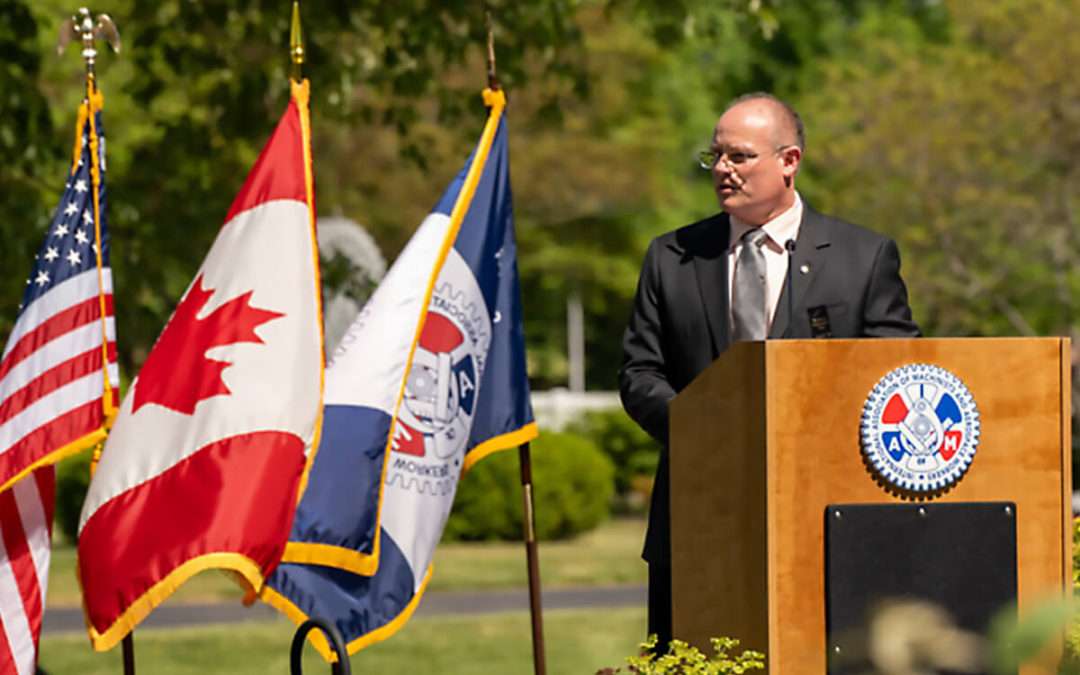
by Eric Price | May 29, 2024 | American, Perusals, Row 2, Safety, Safety
WATCH: Storms Blow American Plane from Jet-bridge WATCH: Storms Blow American Plane from Jet-Bridge IAM141.org 16 May 2024 DFW — A dramatic incident unfolded at Dallas Fort Worth Airport on Tuesday when powerful winds pushed an American Airlines Boeing 737 from its...

by Eric Price | May 16, 2024 | Featured, Featured News, Front Page, MNPL, Perusals, Recent News, Recent News, Row 2
Machinists Union Applauds the Passage of the FAA Reauthorization Bill Machinists Union Applauds the Passage of the FAA Reauthorization Bill IAM141.org 16 May 2024 WASHINGTON — The Securing Growth and Robust Leadership in American Aviation Act, H.R. 3935, reauthorizes...

by Lou Gilmore | May 15, 2024 | Education, Featured, Front Page, Other News, Perusals, Recent News, Recent News, Row 2
The Dawn of the Machinists Union The Dawn of the Machinists Union IAM141.org 14 May 2024 In the smoky workshops of late 19th century America, a revolution was brewing. The Industrial Age, with its booming factories and powerful railroads, had brought both progress and...

by Eric Price | May 13, 2024 | Featured, Front Page, Perusals, Recent News, Recent News, retirement, Row 2
Reality Check: The Fallacy of “Just Save More” and Why Union Protections Matter More Than Ever Reality Check: The Fallacy of “Just Save More” and Why Union Protections Matter More Than Ever IAM141.org 13 May 2024 Last month, T. Rowe Price...

by Eric Price | May 3, 2024 | Featured, Featured News, Front Page, GOIAM Stories, MNPL, Perusals, Recent News, Row 2, Safety
Honoring the Fallen, Protecting the Living Honoring the Fallen, Protecting the Living IAM141.org 3 May 2024 On April 28, the Machinists Union gathered to honor workers lost to preventable accidents on Workers Memorial Day, pledging to continue the fight for safer...

by Eric Price | Apr 25, 2024 | Featured, Featured News, Front Page, MNPL, Other News, Recent News, Row 2
New DOT Rules Promise to Make Air Travel Less Horrible New DOT Rules Promise to Make Air Travel Less Horrible IAM141.org 25 April 2024 WASHINGTON — The U.S. Department of Transportation, led by Secretary Pete Buttigieg, announced sweeping new regulations on Wednesday,...







